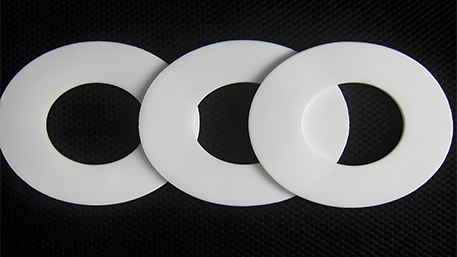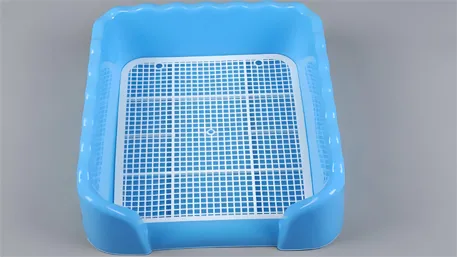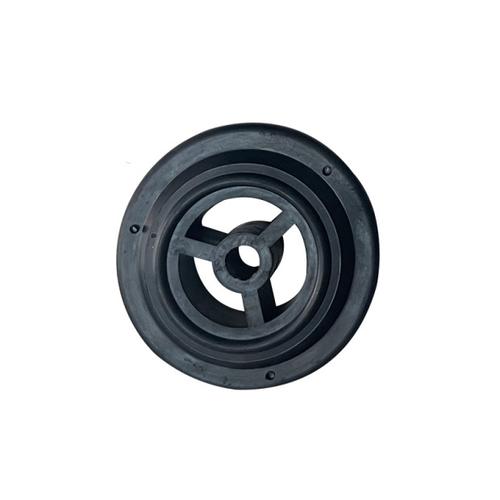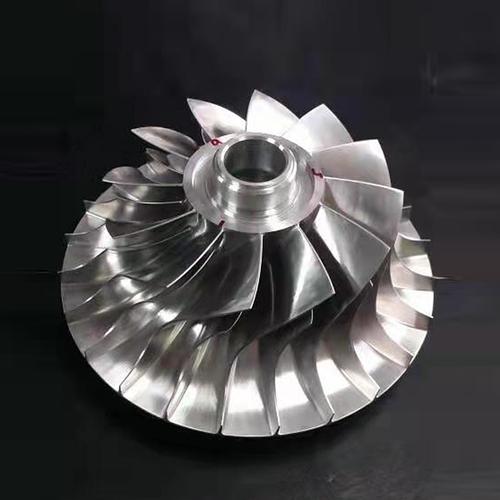A polyethylene gasket is a crucial component widely used in the sealing connections of various pipes, valves, and equipment. Made of polyethylene (PE) material, it exhibits excellent corrosion resistance, sealing performance, and aging resistance, maintaining stability in multiple harsh environments and ensuring the safety and reliability of sealing connections.

Polyethylene Gasket Production Process
The production process of polyethylene gaskets mainly includes the following steps:
- Raw Material Preparation: High-quality polyethylene granules are selected as raw materials to ensure the performance and quality of the gaskets. The raw materials undergo screening and weighing to eliminate impurities and control proportions.
- Raw Material Mixing: The prepared polyethylene granules are mixed uniformly in a certain ratio and necessary additives, such as antioxidants and antistatic agents, are added to improve the performance of the gaskets.
- Extrusion Molding: The mixed polyethylene raw material is placed into an extruder, melted through high temperature and high pressure, and extruded into gasket sheets of a certain thickness and width.
- Cutting and Packaging: After cooling, the gasket sheets are cut into gaskets of different sizes and shapes according to customer requirements. Finally, the cut gaskets undergo inspection, defect removal, and packaging to ensure they are not damaged during transportation and storage.
Customized Polyethylene Gaskets
Polyethylene gaskets can be customized according to specific customer needs, mainly including the following aspects:
- Size Customization: Customers can provide size requirements for the gaskets based on actual needs, including diameter, thickness, etc., to ensure the gaskets perfectly fit the sealing connections of equipment or pipes.
- Shape Customization: Besides the common round gaskets, other shapes, such as square, oval, and irregular, can be customized according to customer requirements to meet the needs of special application scenarios.
- Performance Customization: Based on the customer’s usage environment and requirements, the material formula and additive types of the gaskets can be adjusted to improve their corrosion resistance, high-temperature resistance, low-temperature resistance, and other properties.
- Packaging Customization: Different packaging methods, such as carton packaging and pallet packaging, can be provided according to the customer’s packaging needs to ensure the safety and convenience of the gaskets during transportation and storage.
Polyethylene Gasket Material Introduction
Material: Polyethylene (PE)
Characteristics:
- Excellent Corrosion Resistance: Polyethylene gaskets can resist the erosion of various acids, alkalis, salts, and other chemicals, ensuring the safety and reliability of the sealing environment.
- Superior Sealing Performance: Polyethylene gaskets have good elasticity and resilience, maintaining stable sealing effects under various temperatures and pressures to prevent media leakage.
- Good Aging Resistance: Polyethylene gaskets exhibit excellent UV resistance and aging resistance, maintaining material stability and reliability during long-term use.
- Non-toxic, Odorless, and Non-polluting: Polyethylene gaskets are environmentally friendly materials, non-toxic, odorless, and non-polluting, suitable for equipment and pipes in direct contact with food and pharmaceuticals.
Characteristics of Different Polyethylene Gasket Materials
The following is a comparison of the characteristics and data of several different polyethylene gasket materials:
| Product | Density (g/cm³) | Tensile Strength (MPa) | Elongation at Break (%) | Hardness (Shore D) | Operating Temperature Range (℃) |
|---|---|---|---|---|---|
| High-Density Polyethylene Gasket | 0.94-0.97 | 20-30 | 200-500 | 60-70 | -40 to +80 |
| Low-Density Polyethylene Gasket | 0.91-0.93 | 10-20 | 400-600 | 50-60 | -60 to +60 |
| Linear Low-Density Polyethylene Gasket | 0.915-0.94 | 15-25 | 300-500 | 55-65 | -40 to +70 |
| Ultra-High Molecular Weight Polyethylene Gasket | 0.93-0.94 | ≥30 | ≥350 | – | -269 to +80 (exhibits ductility at extremely low temperatures) |
| Crosslinked Polyethylene Gasket | – | High Strength | High Toughness | – | Excellent high-temperature resistance, specific range depends on the degree of crosslinking |
Note: The above data are general ranges, and actual data may vary depending on specific materials and process conditions.
FAQs on Customized Polyethylene Gaskets
Q1: What are the common application scenarios for polyethylene gaskets?
A1: Polyethylene gaskets are widely used in various fields such as petrochemicals, food and pharmaceuticals, wastewater treatment, and water supply and drainage systems for the sealing connections of pipes, valves, and equipment.
Q2: How do I choose the right polyethylene gasket material?
A2: When selecting a polyethylene gasket material, consider factors such as the temperature, pressure, media type, and sealing requirements of the usage environment. Materials like high-density polyethylene, low-density polyethylene, and linear low-density polyethylene have different performance characteristics and can be selected based on actual needs.
Q3: What is the customization lead time for polyethylene gaskets?
A3: The customization lead time for polyethylene gaskets depends on specific needs and order quantities. Generally, small-batch customization may take a few days to a week, while large-batch customization may require a longer time. Specific lead times need to be confirmed with the supplier.
Q4: What precautions should be taken when using polyethylene gaskets?
A4: When using polyethylene gaskets, pay attention to the following points: ensure the cleanliness and dryness of the gasket and sealing surface; avoid overtightening that may cause gasket deformation or damage; regularly check the sealing performance of the gasket and replace it promptly if there is leakage; avoid prolonged use in high-temperature or corrosive environments to affect the performance and service life of the gasket.






